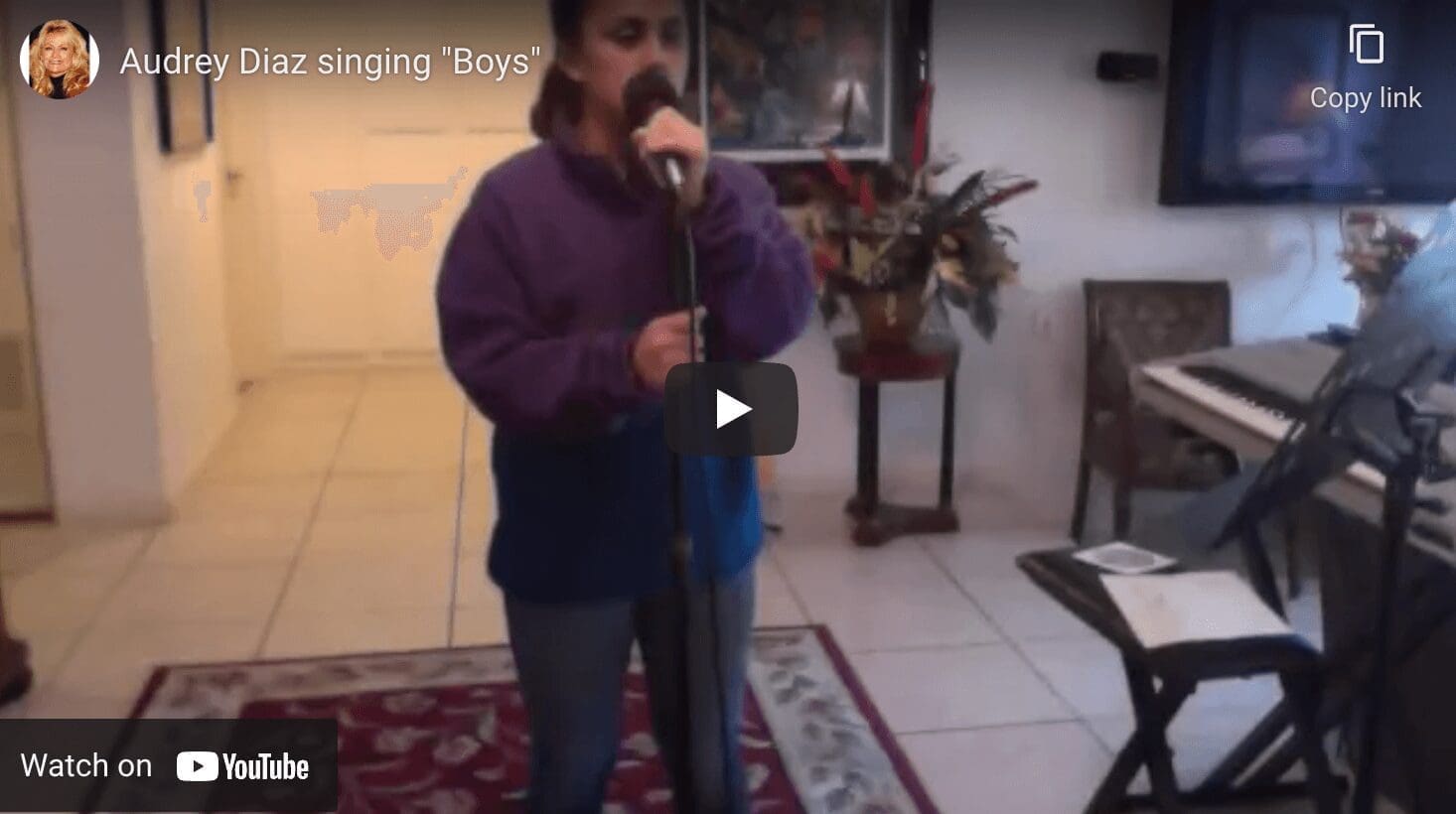Explore the Michelle Ostrove Blog
Every singer strives to sing with control and power in their voice, very few start out that way. I have come across a few singers that start naturally with power at a young age, but It normally takes time and work to achieve power and control in your voice. Where does the power come from? It’s not yelling; the power comes from the diaphragm and breath support. You need to sing from the diaphragm (your check cavity) in every register:…
Read MoreWhether you’re backstage at a competition or watching Youtube videos, it seems you can’t get away from seeing people warm up their voice by singing through a straw. But what does this actually do for your voice? The application of singing through a straw is a helpful semi-occluded (the mouth is partially closed) vocal tract exercise. This works by partially blocking the air coming out of your mouth as you vocalize, creating resistance in the vocal tract. This then sends…
Read MoreThe vocal folds (cords) are composed of two folds of mucous membrane extended (horizontally) across the larynx. In order to create the vibration in the vocal folds, a singer will first inhale, this process opens the glottis (space between the vocal folds) and separate the vocal folds, filling up the lungs with air. If you hold your breath, the vocal folds are together (closing the glottis) and the vocal folds separate with the release of air. The vocal folds are…
Read MoreThere has been scientific proof that singing is good for you on many levels. It improves your mental health and strengthens your memory. When you sing, your vocal cords, muscles in the neck and rib cage area are getting a work out. The small muscles in the neck and head are responsible for creating sound, as well as vocal cords. It’s important to express your passion with your whole body because singing is physical. Try bending your knees and engage…
Read MoreWhat are the early signs? Children are full of potential and when they are given the right set of circumstance their talent will blossom. Does your child constantly sing or try to play a keyboard or piano whenever they can? Do you think your child has real talent? If the child (or yourself) seems to spend a lot of time singing or playing on the keyboard, connecting to music in general and wants to sing for whomever will listen. That…
Read MoreDo you want to vastly improve your singing? There are some important and necessary steps to take. Let’s look at the basics first: 1. You should always warm up your voice before singing. 2. Get rid of any tension, you need to stay relaxed. 3. Choose songs that have meaning to you; you need to be able to feel the song and express your emotions when you sing a song (see blog 8/18/20 “Music Is Shorthand for Emotion”). 4. Stay…
Read MoreMusic training is not a must for songwriting, but you need to have the ability to play piano, guitar or sing to help put the ideas from your brain into song form. A song is made up of chords, melody, rhythm and lyrics. Here are some tips to help guide you along. 1. Find an idea or message you feel passionate about; whether it’s love or a break-up, write about what interests you. Try to look at the subject matter…
Read MoreIt’s not a quick fix; learning how to strengthen and improve your singing voice takes time. It’s just like working out at the gym, it takes time to build up strength. There are many reasons why a singer has a weak voice. Let’s get back to the basics and start working on strengthening your singing voice. A major cause of weak singing sound is using too much air when you are singing and weak muscles. Letting too much breath come…
Read MoreTo sing or play piano like a pro you must understand tempo. The tempo of a piece of music is the pace or the speed (slow or fast) at which a song is played or sung. The tempo or tempi (plural form of tempo) can create a feeling of intensity or it can create a feeling of relaxation. The speed of music is measured in beats per minute or BPM (example 60 BPM is slow or 160 BPM is faster).…
Read MoreBreath support is how you regulate the outward flow of air (when you exhale) while singing. Breathing is so natural and automatic to us; it’s hard to believe that we could be doing it wrong. Every note relies on the gradual exhale of air and the control of that air stream. Proper breathing for a singer is crucial! When you exhale the diaphragm pushes the air from the lungs through the vocal folds (vocal cords), producing a stream of air.…
Read More








